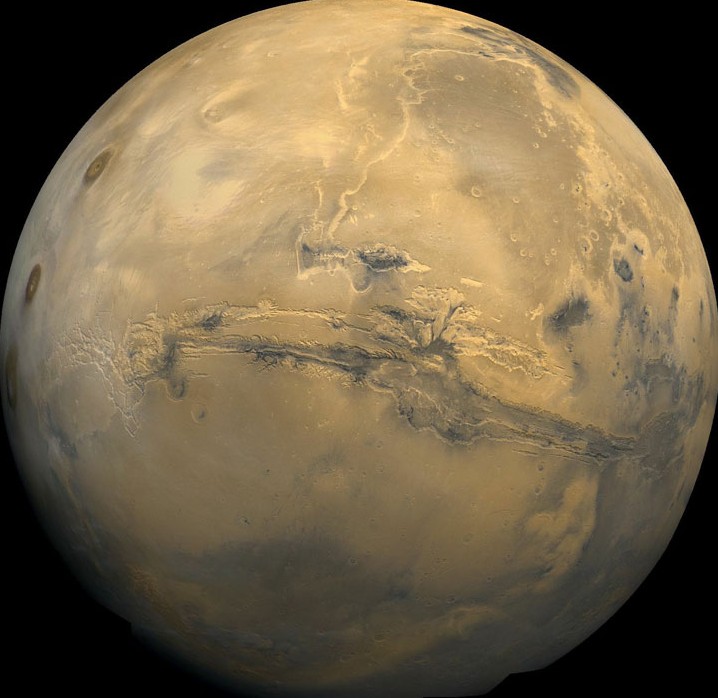TORONTO – A team of researchers has discovered that the most common group of Martian meteorites is four billion years younger than previously believed.

The team of researchers, made up of scientists from the Royal Ontario Museum, the University of Wyoming the University of California, Los Angeles, and the University of Portsmouth, made the discovery while directing a beam of energy at tiny crystals within the meteorite. They discovered that the rock started off as a 200-million-year-old lava flow on Mars.
“So, the lava comes out and brings that signature to the surface. It doesn’t mean the lava is four billion years old, but it is derived from something being that old.”
The rocks made their way to Earth after something collided with Mars, expelling debris into space. Over time, the rocks escaped the Martian gravity and fell to Earth.

Due to the analysis of ice crystals, the researchers also determined that they arrived on Earth around 20 million years ago. There are about 60 known fragments of Martian meteorites on Earth, though more and more are being discovered, mainly in the deserts of Africa.
“We can now use these techniques on different pieces of Mars. So we find out of these 60 fragments, how many came off from Mars at the same time or are the same age. And once we do that…we can really put together a picture on how Martian volcanoes really work.”
The techniques used in the research can be applied to different types of meteorites such as ones from the moon or asteroids, but it also has practical uses.
“We use these same techniques in my lab to work on prototype materials for radioactive waste disposal and other things that need to survive extreme environments.”
The discovery also helps scientists and geologists understand more about our own planet.
“What we’re seeing in this early work is that what Mars looks like today might be what Earth looked like four billion years ago in our infancy,” Moser said.
The paper was published on Wednesday in the journal Nature.


Comments